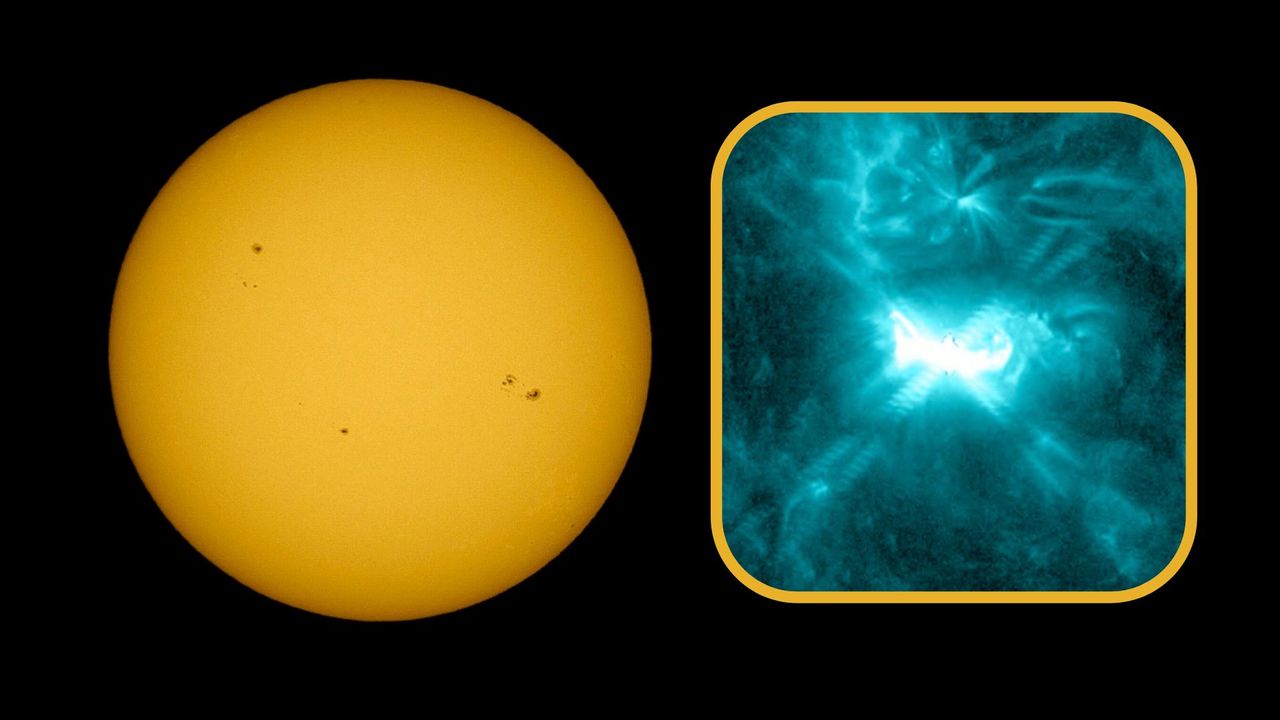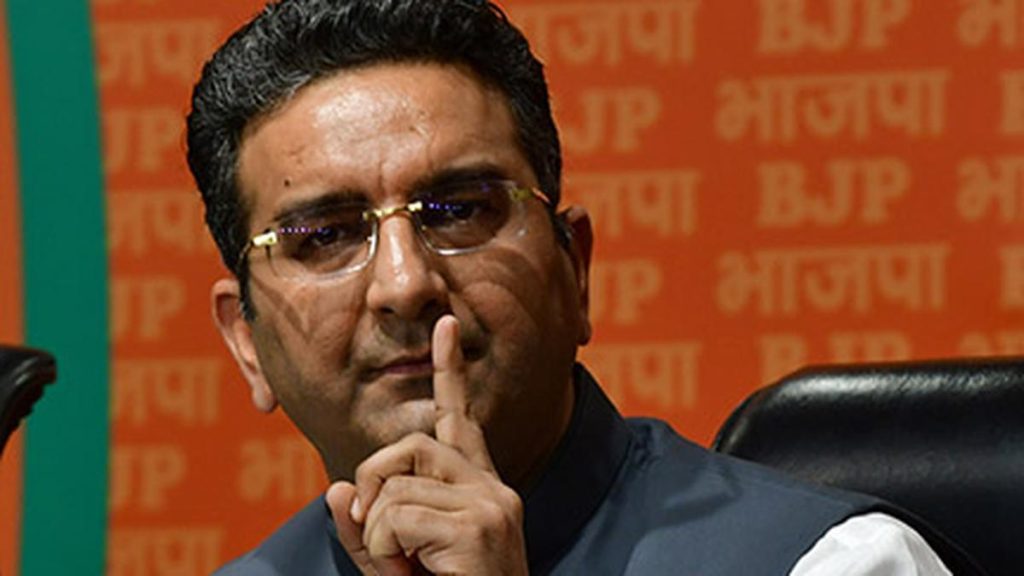Now Reading: Sun Awakens: Trio of Solar Flares Erupts After Weeks of Calm
-
01
Sun Awakens: Trio of Solar Flares Erupts After Weeks of Calm
Sun Awakens: Trio of Solar Flares Erupts After Weeks of Calm

Quick Summary
- the Sun emitted three M-class solar flares within 24 hours after a 22-day quiet period.
- Flares occurred from sunspot region AR 4168, which recently developed a complex magnetic structure.
- Timeline of flares:
– M2.9 flare on Aug. 3 at 10:01 a.m. EDT (1401 GMT).- M2 flare on aug. 4 at 1:05 a.m. EDT (0505 GMT).
– M1.4 flare shortly after, at 1:21 a.m. EDT (0521 GMT).
- solar flares are categorized by intensity from A (smallest) to X (largest); M-class flares are moderate and can affect radio communications but typically cause minor disruptions compared to X-class events.
- Sunspot regions AR4168 and AR4167 now display unstable “delta-class” magnetic fields, perhaps capable of generating stronger eruptions like Earth-directed CMEs (Coronal Mass Ejections).
- A weak CME following the recent activity is predicted to reach Earth around midnight UTC on Aug. 7, with only a low estimated impact probability (~12%). Another potential faint Earth-directed CME has also been noted by forecasters.
- Space weather experts highlight forecasting challenges due to limited satellite data for weak CMEs.
Indian Opinion Analysis
the escalation in solar activity marks an intriguing development for both scientific exploration and situational awareness regarding space weather impacts on Earth’s infrastructure systems such as satellites and communication networks-areas India increasingly relies upon due to its advancements in technology like ISRO-launched spacecrafts and GPS-enabled services.
While the immediate risk posed by these moderate solar eruptions appears minimal, the complexity of sunspot region AR4168 signals ongoing vigilance may be required globally against possible severe space weather events that could disrupt essential infrastructure should larger X-class or directed CMEs occur in future episodes.
India’s interest lies not only in monitoring geomagnetic phenomena but also strengthening investment into real-time forecasting tools via collaborations akin with its missions tracking lunar gravitational anomalies-better preparedness may align nation’s interdependency-chains if any vulnerability gaps emerge technically/scientifically future cross-stakeholder arenas advancing global research dynamically



























